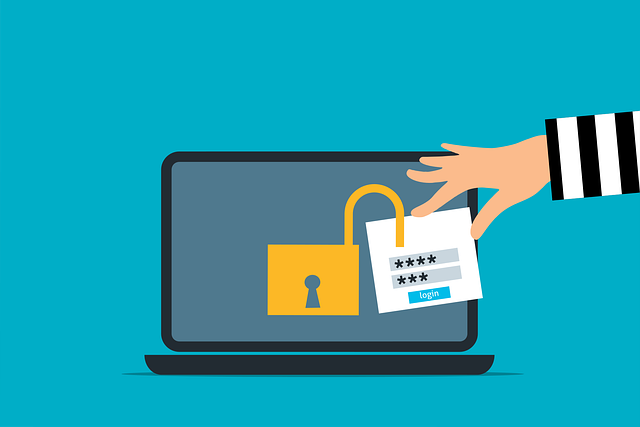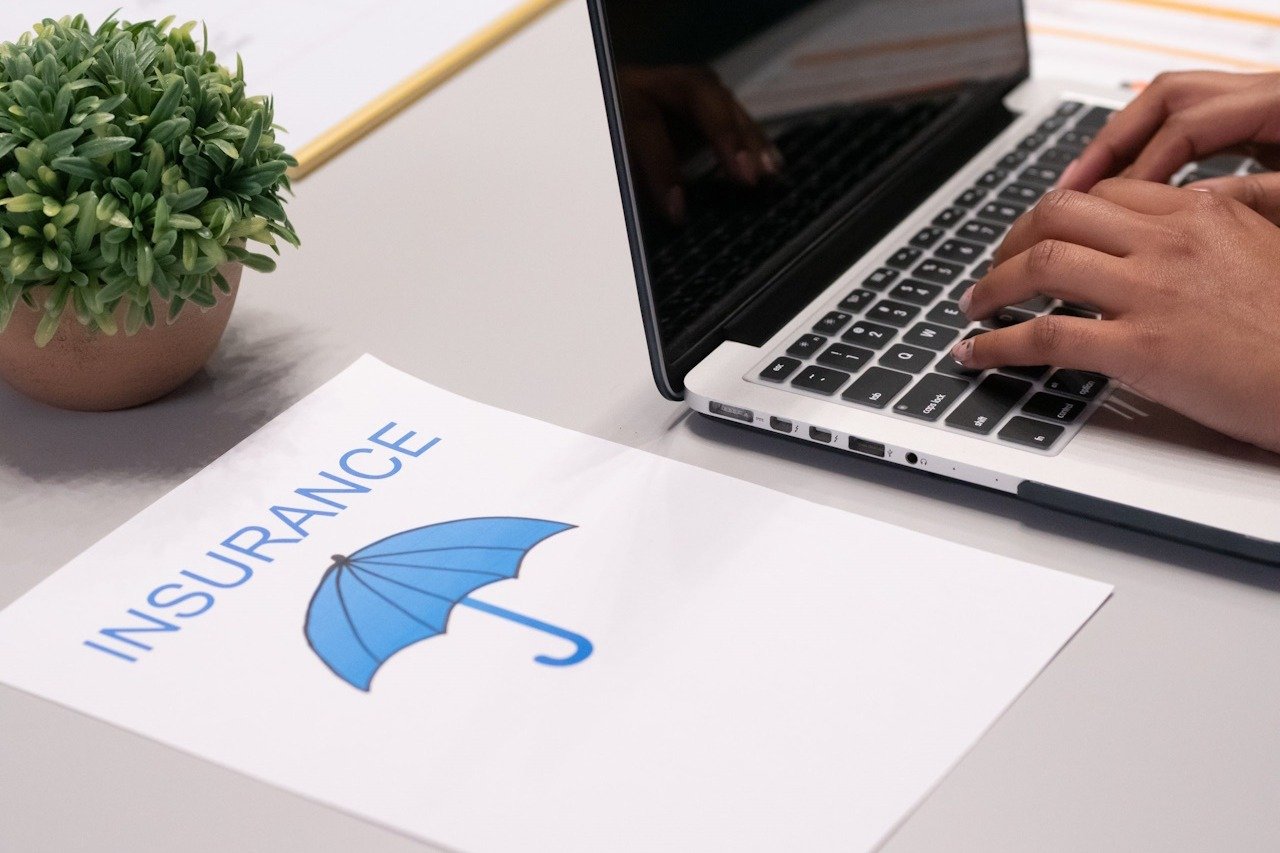1 min read
Can encrypted data be hacked?
When you send your sensitive data across the internet, the last thing you want is for hackers to breach your security measures and gain access to...
Our client portal provides all the tools you need to create, view or update your support requests.
For urgent IT support during business hours, or if you suspect anything suspicious call 01314528444 for the fastest response.
If one of our team has asked you to start a remote control session on your computer, use the remote control menu option above.
3 min read
itfoundations
Originally posted on October 16, 2023
Last updated on May 27, 2024
Software-as-a-Service (SaaS) Ransomware is a growing problem. SaaS has revolutionised the way businesses operate. It offers convenience, scalability, and efficiency. No more multi-device installs and moving of files on USB pens or email. Everyone can collaborate easily in the cloud.
But alongside its benefits, SaaS brings with it potential threats. When software and data are online, they’re more vulnerable to attacks. One of the latest threats to move from endpoint devices to the cloud is ransomware.
Ransomware has been around attacking computers, servers, and mobile devices for a while. But recently there has been an alarming uptick in SaaS ransomware attacks.
Between March and May of 2023, SaaS attacks increased by over 300%. A study in 2022 by Odaseva found that 51% of ransomware attacks targeted SaaS data.
In this article, we’ll delve into what SaaS ransomware is and the risks it poses. And, most importantly, how you can defend against it.
SaaS ransomware is also known as cloud ransomware. It’s malicious code designed to target cloud-based applications and services. These include services like Google Workspace, Microsoft 365, and other cloud collaboration platforms.
The attackers exploit vulnerabilities in these cloud-based systems. The ransomware then encrypts valuable data. It effectively locks users out of their accounts. Cybercriminals hold the data hostage. They then demand a ransom, often in the form of cryptocurrencies. The ransom is in exchange for the decryption key.
SaaS ransomware adds a new layer of complexity to the cybersecurity landscape. It presents several risks to individuals and organisations.
As the saying goes, prevention is better than cure. When it comes to SaaS ransomware, proactive defence is key. Here are some effective strategies to protect your organisation against these threats.
Start by educating your employees about the risks of SaaS ransomware. Include how it spreads through phishing emails, malicious links, or breached accounts. Teach them to recognise suspicious activities and report any unusual incidents immediately. We provide all our support customers with included cyber awareness training courses.
MFA is an essential layer of security. It requires users to provide an extra form of authentication to access accounts. This is often a one-time code sent to their mobile device. Enabling MFA reduces the risk of unauthorised access. This is true, even if a hacker compromises an account’s login credentials.
Frequently backing up your SaaS data is crucial. In the event of a ransomware attack, you still have your data. Having up-to-date backups ensures that you can restore your files. You won’t need to pay the attacker’s ransom demands. We make sure that all our support customers’ 365 data is backed for just this reason.
Limit user permissions to only the necessary functions. Follow the principle of least privilege. This means giving users the lowest privilege needed for their job. By doing this, you reduce the potential damage an attacker can do if they gain access.
Ensure that you keep all software (SaaS applications, operating systems, etc.) up to date. They should have the latest security patches installed. Regular updates close known vulnerabilities and strengthen your defence.
Consider using third-party security solutions that specialise in protecting SaaS environments. These solutions can provide many benefits. Including:
Put in place robust monitoring of user activity and network traffic. Suspicious behaviour can be an early indicator of an attack. One example to watch for is several failed login attempts. Another is access from unusual locations.
Prepare and practice an incident response plan. It should outline the steps to take in the event of a ransomware attack. A well-coordinated response can mitigate the impact of an incident. It can also aid in faster recovery. The sooner your team can respond, the faster business gets back to normal.
SaaS ransomware is a significant cybersecurity concern. The best defence is not always a good offence, sometimes it’s a good defence. Do you need help putting one together?
Our team can help you stay ahead of the cyber threats that lurk in the digital world. Get in touch today to schedule a chat.
Article used with permission from The Technology Press.

1 min read
When you send your sensitive data across the internet, the last thing you want is for hackers to breach your security measures and gain access to...

In this blog we look at push-bombing – what is it and how to avoid it.

Cyber security insurance is still a pretty new concept for many SMBs. It was initially introduced in the 1990s to provide coverage for large...